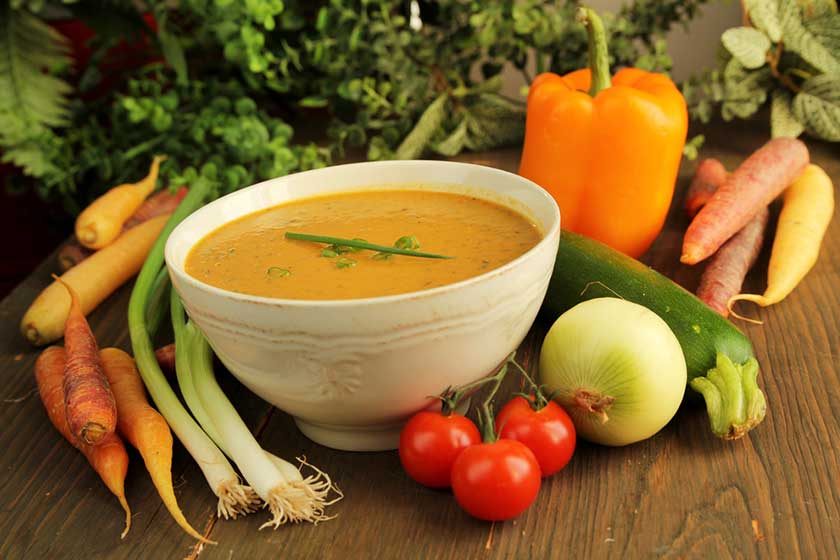Winter is here, and it’s cold outside. It’s the perfect time to bundle up with a blanket, a bowl of soup, and a good book. While aging family members may be limited in their ability to go outdoors during this season, there are still ways for them to stay active and maintain healthy nutrition without leaving the safety of their community walls. North Richland Hills Senior Care also has an important role to play in ensuring residents get enough nutrition during this time of year.
Encourage The Consumption Of Warming Foods
A warming food is any meal with a high-calorie density and a low water content. This means that it will help keep you warm, but it’s also easy to digest, so you won’t feel weighed down by heavy meals. Some examples of warming foods include soups, stews and chowders; casseroles; chicken or turkey breast (cooked without skin); macaroni & cheese; mashed potatoes with gravy; rice pilaf with lentils or beans mixed in; pasta sauce with meatballs or sausage links added to it (no spaghetti).
Host Tea And Coffee Hours
Tea and coffee are the perfect way to warm up on a cold day. Hosting tea and coffee hours is an easy way to help residents stay hydrated and socialize with their peers.
If you’re hosting a tea or coffee hour, consider offering it regularly (such as once per week) in your community’s lounge, dining room, or kitchen. You can also host multiple times throughout the week if desired by splitting up into smaller groups based on location within your community. If you have enough space available at one time during each day, consider offering both beverages at once!
Serve Heartier Meals
Regarding nutrition, senior care communities need to be open to the traditional meal plan. Instead, they can offer heartier meals that are more filling and satisfying than what’s typically served in the dining room. Heartier meals also tend to be more nutritious because they contain more protein and fiber; this helps aging family members feel satiated for longer and makes them less likely to overeat at future meals or snack between meals on junk food.
The other major benefit of serving heartier meals is that they tend to be easier on your resident’s digestive system and the food budget (since there will be fewer leftovers).
Monitor The Humidity Level
One of the most important things you can do to protect your loved one’s health is to ensure they are comfortable. The humidity level in their room is key to this, and it’s easy to monitor with a hygrometer (a device that measures humidity). If their room is too dry, they may suffer from dry skin and chapped lips or even have trouble breathing if they have asthma or COPD.
A humidifier can help increase the moisture content in your loved one’s environment while keeping them warm during winter by adding moisture back into their air supply. Humidifiers come in many forms: some are tabletop units that sit on top of furniture; others are built into wall-mounted boxes with filters attached directly onto them so as not to block out any light from entering through windows or doors; still, others need little more than an electrical outlet and water source nearby before being ready for use at home!
Be Flexible With Schedules
It’s important to have a flexible schedule in the winter, especially for aging family members. Flexibility can help them stay active and mentally sharp, socially engaged and connected with their community or family members, or even healthy by helping them maintain regular meal times.
The best way to do this is by ensuring you have enough care teams available during the day, so residents can immediately go between meals and appointments.
Conclusion
Winter can be difficult for older adults, but it’s important to ensure they have the right nutrition to stay healthy. If you’re concerned about your loved one, call, and we’ll help find out what’s going on and what we can do about it.






